Traditional Costumes of Asia: A Rich Tapestry of Culture and Heritage
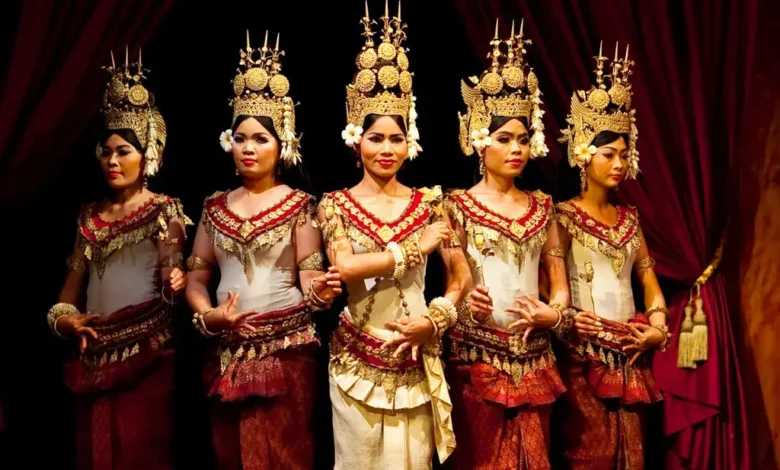
Traditional Clothing in Asia
Asia’s traditional clothing is a vivid reflection of its vast history, diverse cultures, and artistic ingenuity. From the silk-draped elegance of India to the bold nomadic attire of Mongolia, these garments encapsulate centuries of tradition and innovation. Let’s explore the unique and symbolic traditional clothing of countries across Asia.
India
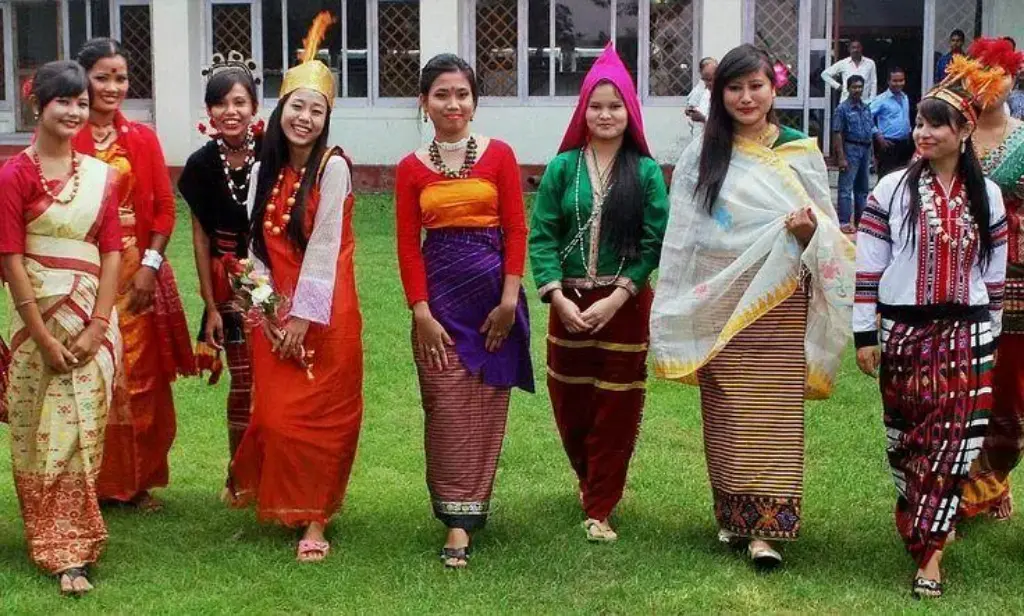
India’s clothing, such as the *sari* for women and *kurta-pajama* for men, is renowned for its intricate designs and vibrant colors. Regional styles like the *lehenga* and *dhoti* showcase India’s vast diversity, often adorned with elaborate embroidery and beadwork.
China

China’s *hanfu* and *qipao* highlight the country’s love for detail and tradition. The *hanfu*, characterized by flowing robes, reflects Confucian ideals, while the *qipao* is a modern icon of sophistication.
Japan
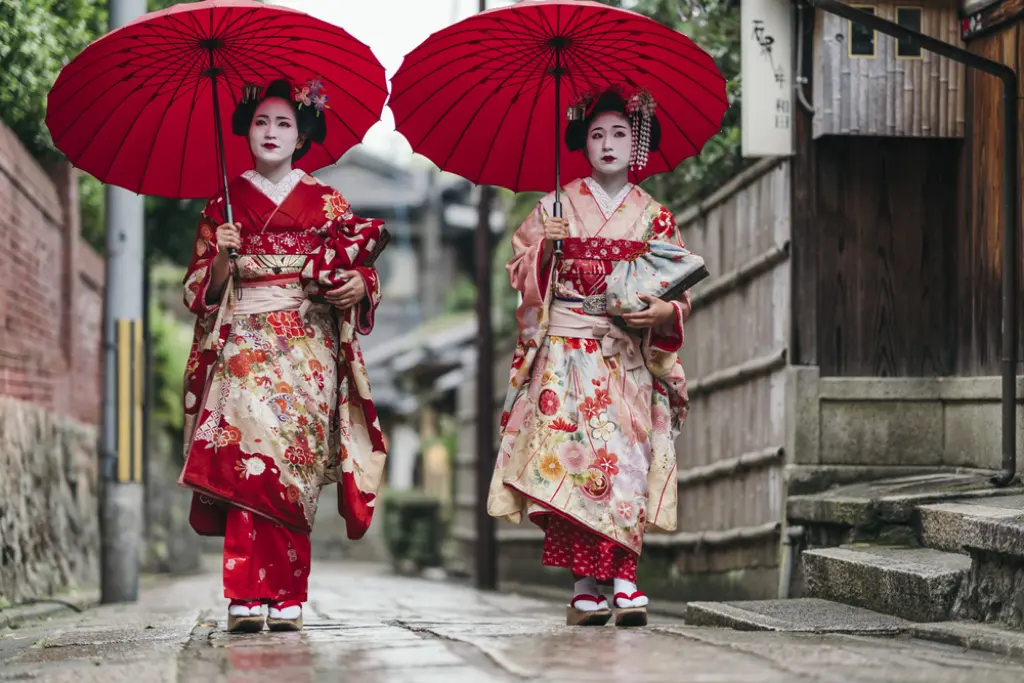
Japanese *kimono* and *yukata* are masterpieces of craftsmanship. With designs that often mirror nature and seasons, these garments are symbols of elegance and cultural pride, widely worn during festivals and ceremonies.
South Korea
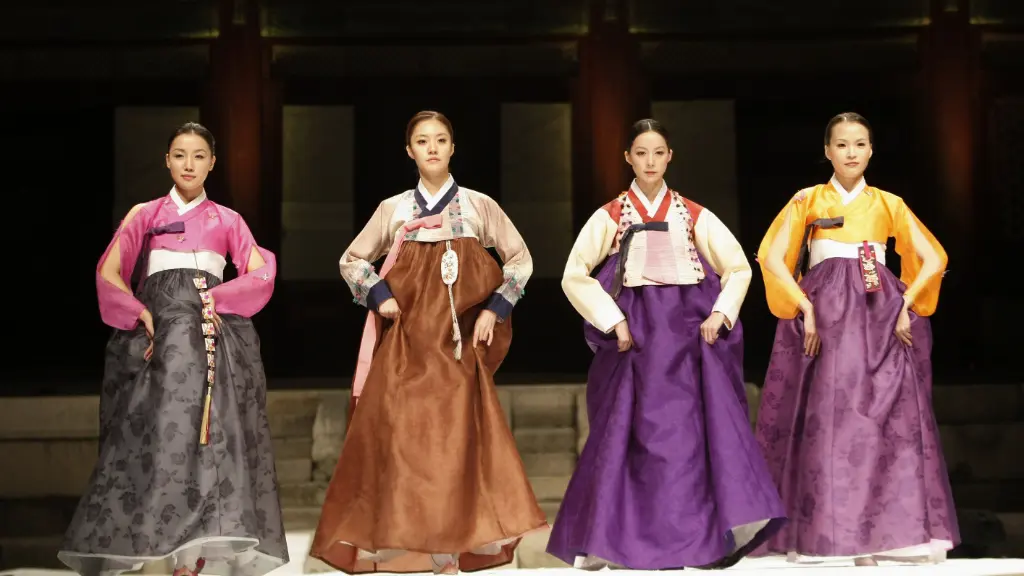
The *hanbok*, known for its bright colors and simple lines, is a key element of Korean tradition. Worn during significant celebrations, it symbolizes dignity and grace.
Thailand

The *chut thai* for women is a fitted blouse paired with a flowing skirt, often crafted with fine silk. Men’s garments include tailored shirts and trousers, blending tradition with practicality.
Vietnam
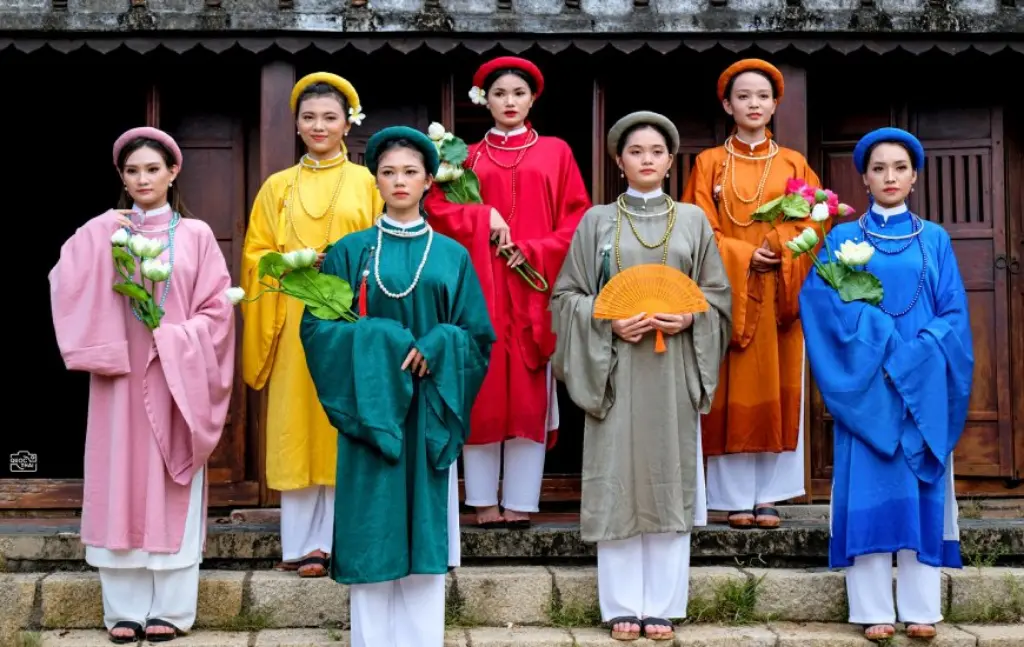
The *áo dài*, a sleek tunic worn with trousers, is an elegant representation of Vietnamese heritage. Its vibrant colors and minimalist aesthetic have made it a beloved symbol of national pride.
Indonesia
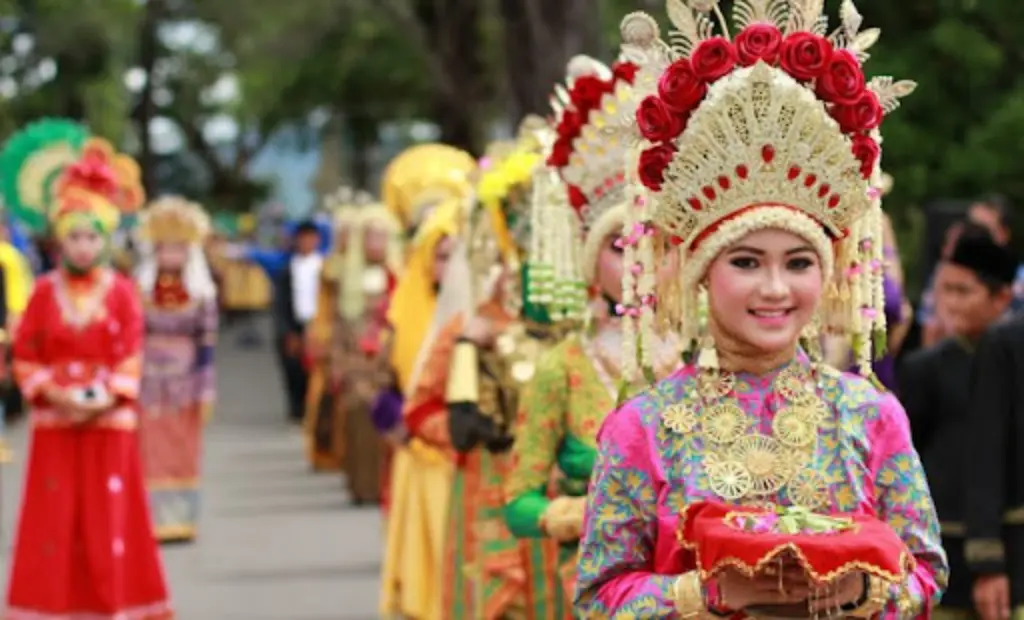
Indonesian *batik* is world-famous for its intricate wax-resist patterns. The *kebaya*, often paired with batik, is a popular traditional attire, symbolizing elegance and cultural unity.
Philippines
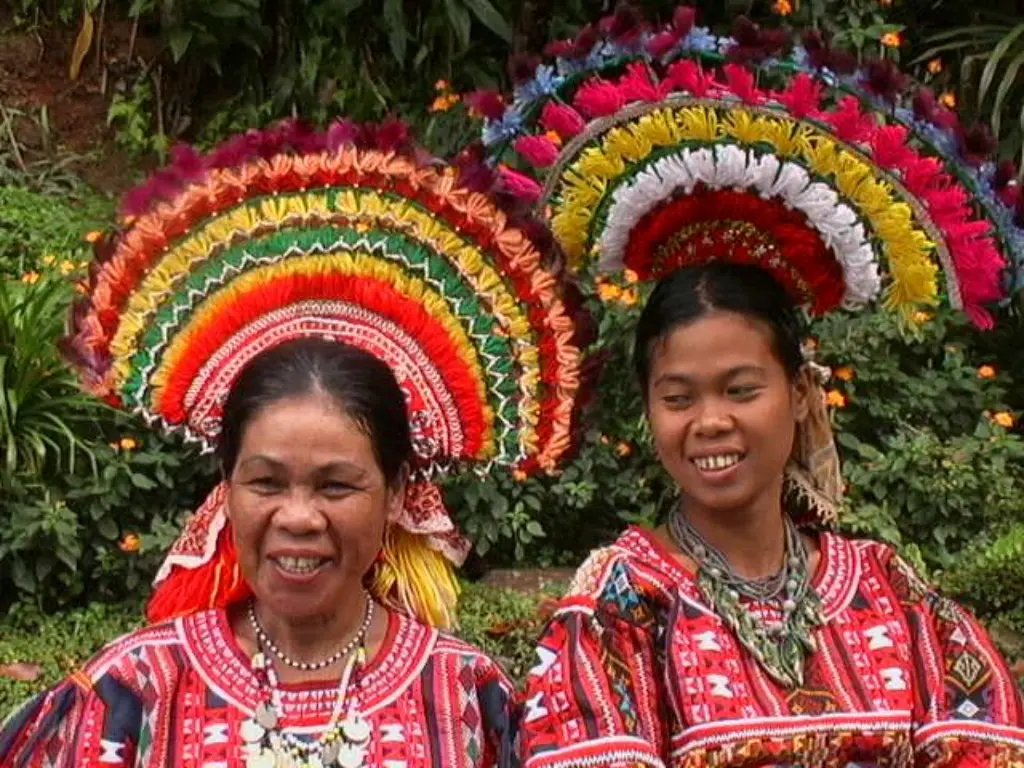
The *barong tagalog*, a formal embroidered shirt, is iconic for Filipino men, while women wear the *terno* with its distinctive butterfly sleeves, reflecting grace and national pride.
Mongolia

The *deel*, a long robe fastened with a sash, reflects Mongolia’s nomadic lifestyle. These durable garments are both practical and symbolic of Mongolian traditions.
Bhutan
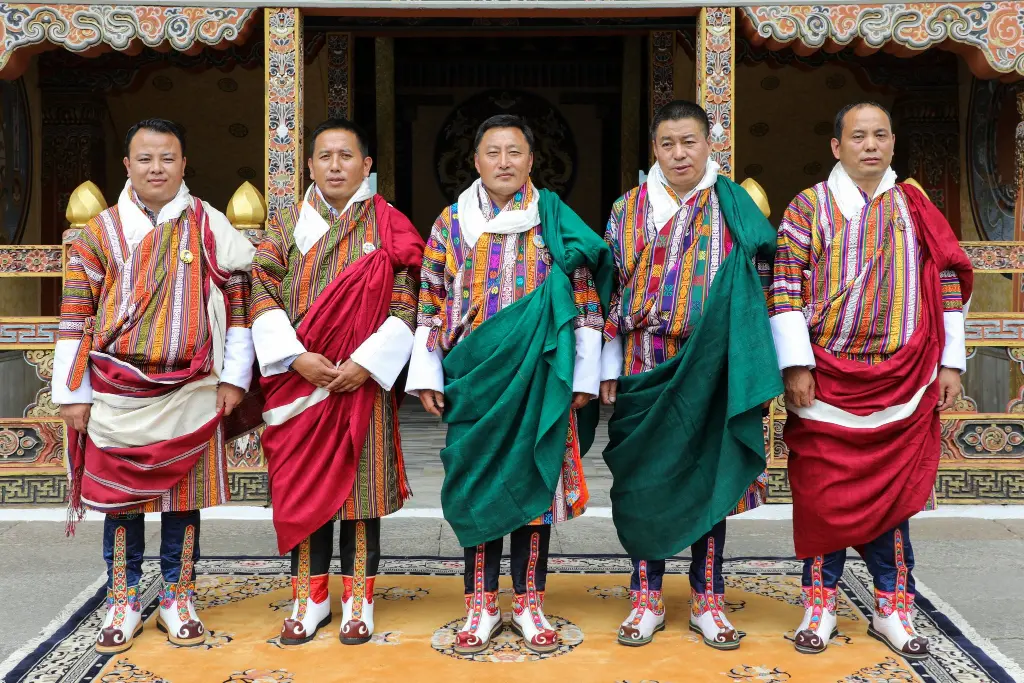
The *gho* for men and *kira* for women are Bhutan’s national attire, woven with intricate patterns that tell stories of cultural identity and unity.
Turkey
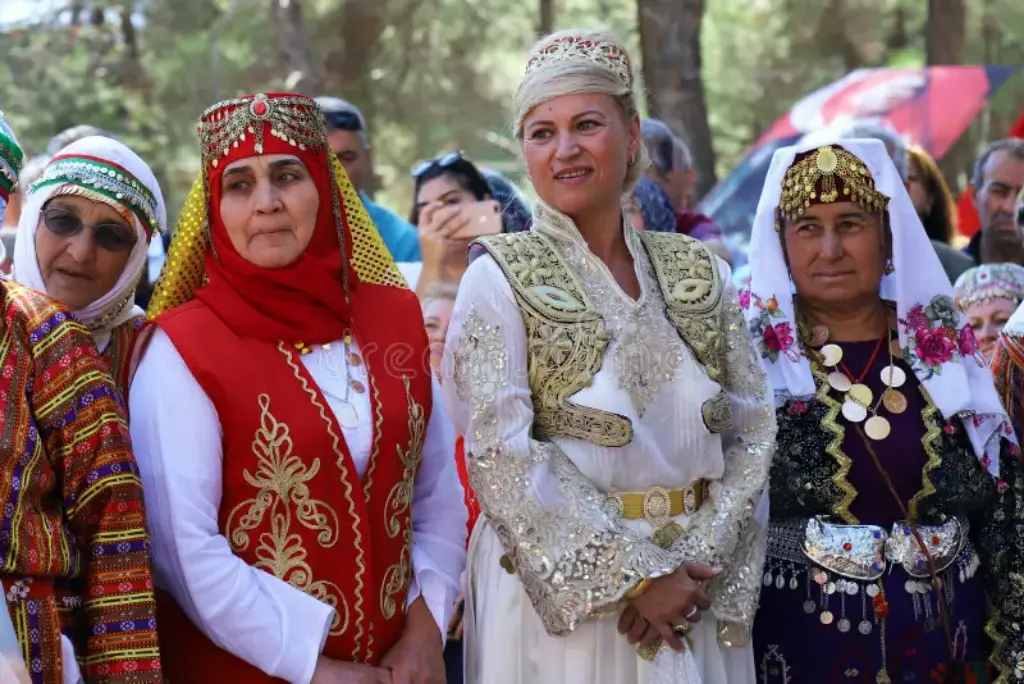
Turkey’s *kaftan*, richly embroidered with luxurious fabrics, is a remnant of Ottoman imperial culture, showcasing grandeur and elegance.
Afghanistan
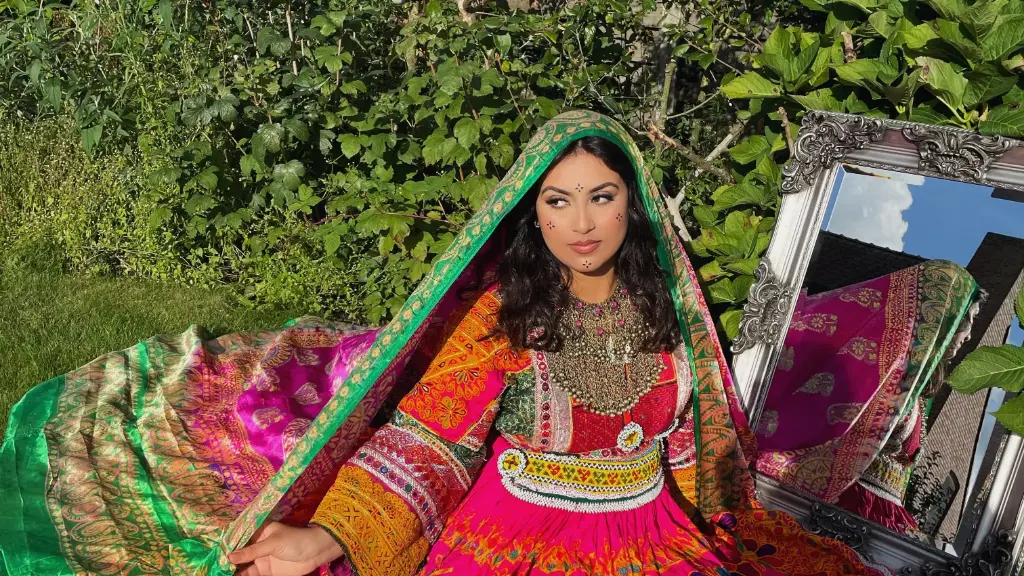
The *perahan tunban* is Afghanistan’s traditional attire, often adorned with colorful embroidery, reflecting the cultural and tribal diversity of the region.
Asia is a vast and diverse continent, home to numerous cultures, traditions, and histories. One of the most captivating aspects of its cultural heritage is the traditional attire that reflects the region’s profound artistic expression, spiritual values, and societal norms. This article delves into the unique traditional costumes of Asia, exploring their origins, significance, and continuing influence.
The Essence of Traditional Asian Costumes
Why Traditional Costumes Matter
Traditional costumes are more than mere garments; they are symbols of identity, storytelling mediums, and expressions of a region’s unique heritage. Across Asia, clothing styles are influenced by climate, geography, religion, and social hierarchies, showcasing a tapestry of variety unmatched by any other continent.
Key points of significance include:
- Cultural preservation: Traditional costumes help maintain a link to a community’s past.
- Ceremonial importance: Often worn for weddings, festivals, and religious rituals.
- Symbolism and artistry: Each design element carries meaning, from embroidery to fabric choice.
The Iconic Sari of India
A Garment of Grace and Versatility
The sari, a long unstitched cloth draped elegantly around the body, is one of India’s most recognizable traditional garments. Measuring about 6 to 9 yards, this attire can be styled in over 100 ways. It dates back to the Indus Valley Civilization (c. 2800–1800 BCE).
The sari’s enduring appeal lies in its adaptability for daily wear and ceremonial occasions. The fabric choice (silk, cotton, or chiffon) and the intricate designs showcase India’s incredible textile diversity, including Banarasi, Kanjivaram, and Chanderi saris.
The Timeless Kimono of Japan
A Work of Art and Philosophy
The kimono, literally meaning “thing to wear,” is a traditional Japanese robe characterized by its T-shape, long sleeves, and vibrant patterns. Its origins trace back to the Heian Period (794–1185).
What makes the kimono distinctive is its balance between simplicity and sophistication. The type of kimono (furisode, yukata, or tomesode) depends on the occasion and the wearer’s status. Special elements like obi belts and tabi socks add to its elegance.
The Majestic Hanbok of Korea
Tradition with Modern Appeal
The hanbok is a two-piece traditional attire comprising a blouse (jeogori) and a full skirt (chima). Originating from the Three Kingdoms Period (57 BCE–668 CE), it symbolizes Korean values of modesty and harmony.
Modern adaptations of hanbok maintain traditional elements while making them practical for everyday use. Color, pattern, and fabric choices often denote age, gender, and occasion. For instance, bright hues are reserved for festivals, while muted tones are used for formal events.
Cheongsam and Tangzhuang of China
Elegance and Heritage in Every Thread
The cheongsam or qipao, a high-necked, figure-hugging dress, became popular during the 1920s Shanghai era. It is a blend of Manchu and Han Chinese styles, symbolizing cultural amalgamation.
In contrast, the Tangzhuang jacket for men has a Mandarin collar and intricate frog buttons. Both styles reflect China’s rich textile traditions, incorporating materials like silk and embroidery techniques that narrate stories of prosperity and luck.
Ao Dai of Vietnam: A Symbol of Grace
Merging Tradition with Modernity
The ao dai, a long tunic worn over trousers, has its roots in Vietnam’s royal court. This attire highlights elegance and practicality, making it a staple for formal and casual settings.
Traditional ao dai often feature hand-embroidered motifs, including flowers and landscapes, showcasing Vietnam’s artistry. Today, modern versions cater to contemporary preferences while retaining traditional aesthetics.
Barong Tagalog and Terno of the Philippines
National Pride Embodied in Attire
The Barong Tagalog is a lightweight, embroidered shirt for men, while the Terno, featuring butterfly sleeves, is the formal wear for women. Both garments highlight the Philippines’ cultural fusion of indigenous, Spanish, and Chinese influences.
Crafted from pineapple fibers (piña) or silk, these garments are often worn for weddings, state events, and cultural celebrations, symbolizing elegance and national pride.
Mongolian Deel: Clothing of the Steppes
Practicality Meets Heritage
The deel, a long robe tied with a sash, is traditional to Mongolia’s nomadic lifestyle. It protects against the harsh steppes’ climate while featuring ornamental designs that indicate the wearer’s tribal affiliation.
Modern variations preserve traditional motifs while adapting to urban settings, reflecting the resilience of Mongolian identity.
Thai Chut Thai: Royal Splendor and Simplicity
Tradition with a Regal Touch
Chut Thai, meaning “Thai outfit,” varies depending on region and occasion. The Lanna, Isan, and Central Thai styles showcase diverse influences while adhering to traditional aesthetics.
Often crafted from silk and gold threads, these garments represent Thailand’s artistic legacy, with intricate patterns that honor its Buddhist traditions.
Tibetan Chuba: Spiritual and Practical
A Symbol of High-Altitude Living
The chuba, a loose robe made from heavy fabric, is essential in Tibet’s frigid climate. Traditionally adorned with ornaments and bright colors, it represents spiritual harmony and Tibetan Buddhist values.
Despite modern influences, the chuba remains central to Tibetan festivals and rituals, serving as a link to the region’s spiritual heritage.
Pakistani Shalwar Kameez: Timeless Comfort
A National Treasure
The shalwar kameez, comprising loose trousers (shalwar) and a tunic (kameez), is Pakistan’s national dress. Its comfort and elegance make it suitable for all occasions, from daily wear to weddings.
Variations like embroidered kurtas and ornate dupattas elevate its appeal, blending traditional designs with contemporary aesthetics.
Cultural Fusion: Modern Takes on Traditional Attire
Bridging the Past and Present
Asian designers are reinterpreting traditional costumes by incorporating modern fabrics, patterns, and tailoring techniques. This fusion not only preserves cultural heritage but also appeals to global audiences.
Examples include:
- Kimono-inspired streetwear in Japan.
- Sari gowns blending Indian drapes with Western silhouettes.
- Modern hanboks with simplified designs.
Traditional Costumes as a Global Inspiration
Influencing Global Fashion Trends
The global fashion industry often draws inspiration from Asia’s traditional costumes, showcasing elements like embroidery, silhouettes, and fabrics on international runways. Designers like Gucci and Dior have incorporated Asian motifs, reaffirming the continent’s lasting influence.
The Future of Traditional Costumes
Preserving Heritage in a Modern World
Efforts to preserve traditional costumes include cultural festivals, museums, and educational initiatives. These garments remain vital symbols of identity and pride, resonating across generations.
Asia’s traditional attire is more than clothing—it is a celebration of the continent’s rich heritage, proving that style and tradition can coexist seamlessly.